International news can often be overwhelming. There are many newsworthy events that people often do not know where to start, and therefore never do. In this article, one international issue was chosen to focus on because of the longevity and devastation it has caused.
Democratic Republic of the Congo
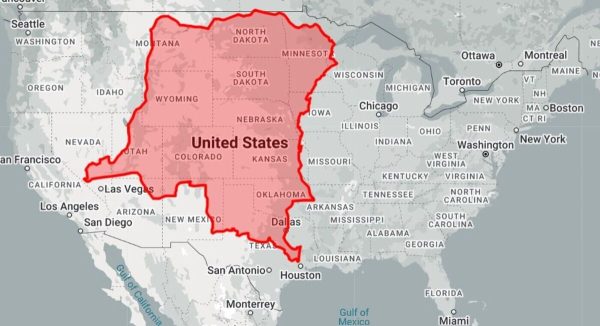
The Democratic Republic of the Congo, DRC, is the largest sub-Saharan country in Africa. At 905,000 square miles it is roughly one-fourth the size of the U.S. and has a population of 99 million. It has a turbulent history with multiple wars, most notably with Rwanda, both internally and with its neighbors. Additionally, there have been several rebel groups and short conflicts, mostly in eastern DRC. In total, six million people have died in these conflicts.
Currently, most instability in the region is caused by the conflict between the March 23 Movement, a rebel group supported by Rwanda, and the Congo government. They first emerged in the early 2000s before being put down by a collective effort from the United Nations and the Congo government. After this, the DRC made progress towards stability, although imperfectly. In 2018, the DRC had its first peaceful transfer of power in recent history.
However, in 2023 M23 group emerged again and gained control of several regions of the DRC. Since then, the situation in the DRC has gotten significantly worse with multiple cities captured and an ever-rising death toll.
Additionally, diseases such as monkeypox and Ebola are fairly common with periodic outbreaks. Mpox is an endemic, a disease permanent to a location, in the DRC. However, in 2022 Mpox started to spread outside its usual area into new areas of the DRC and other counties. In August, the World Health Organization declared a public health emergency of international concern, meaning Mpox could spread outside the African continent.
The conflict forced the displacement of people, spreading the virus and putting a strain on hospital infrastructure. The displacement of civilians is only one contributing factor to the major humanitarian concerns.
In an attempt to help DRC citizens, M23 declared a cease-fire. It would create a safe way to get the much-needed aid to the seven million displaced people. This cease-fire was announced on Tuesday, February 4th, and some details need to be hammered out or are not currently released to the public. As of writing this, it is not known how long it will last, exactly how much or what kind of aid will be let in, or if this could lead to lasting peace.
This cease-fire has given many of the DRC’s citizens tentative hope that they can receive medical care, food, and safe water. However, because of the country’s history of violence, many are wary of the cease-fire’s longevity. Several outside observers say that the conflict between the DRC and M23 could lead to a region-wide war because of alliances between Rwanda and M23. If effective, the cease-fire could improve the lives of civilians in the DRC and surrounding countries.
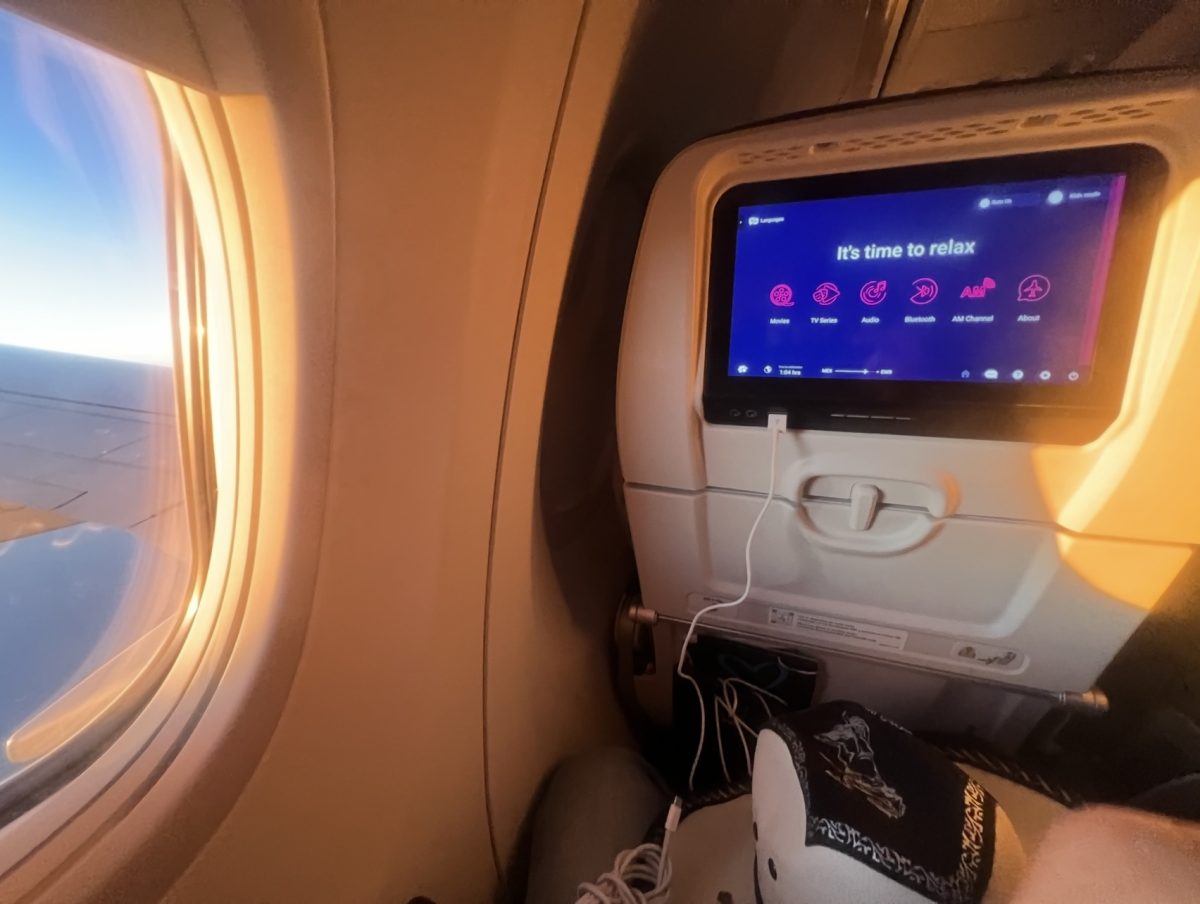













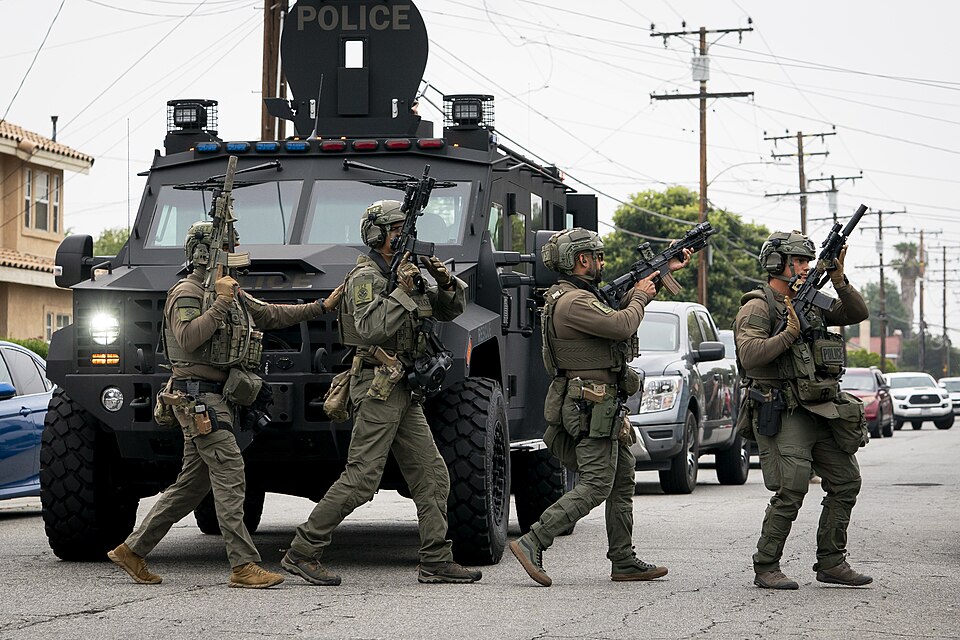



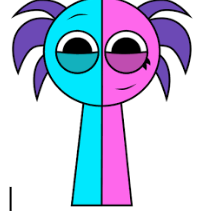











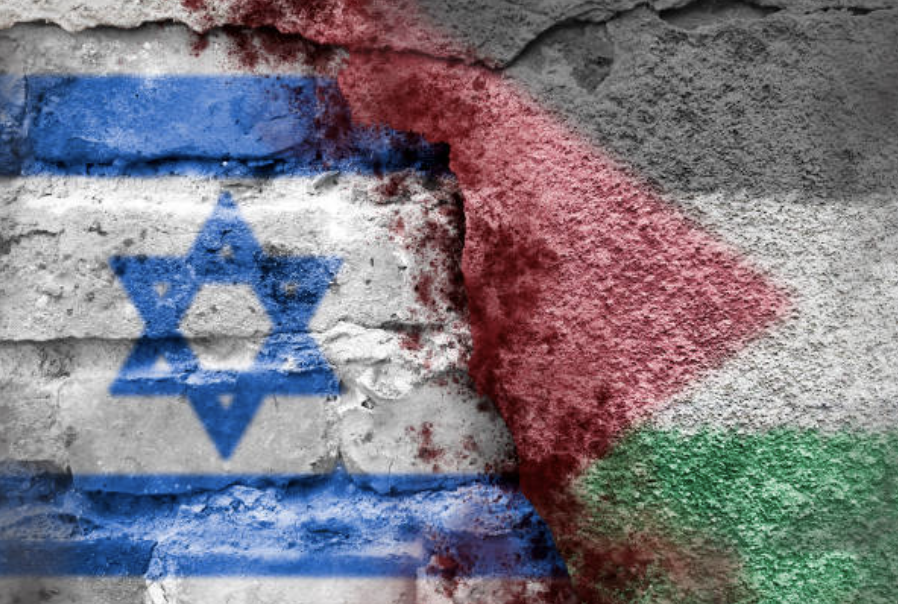

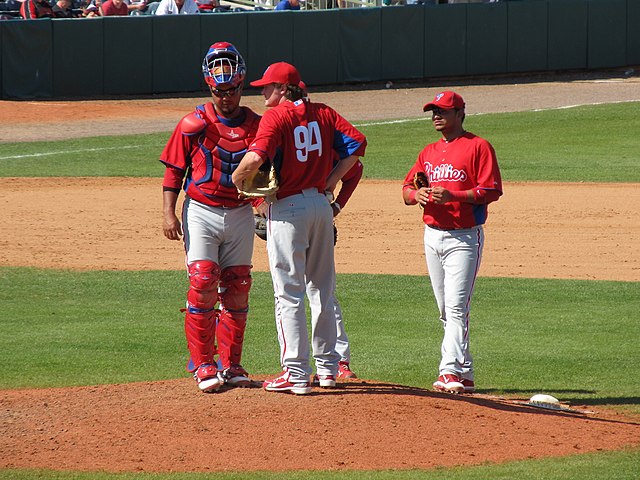

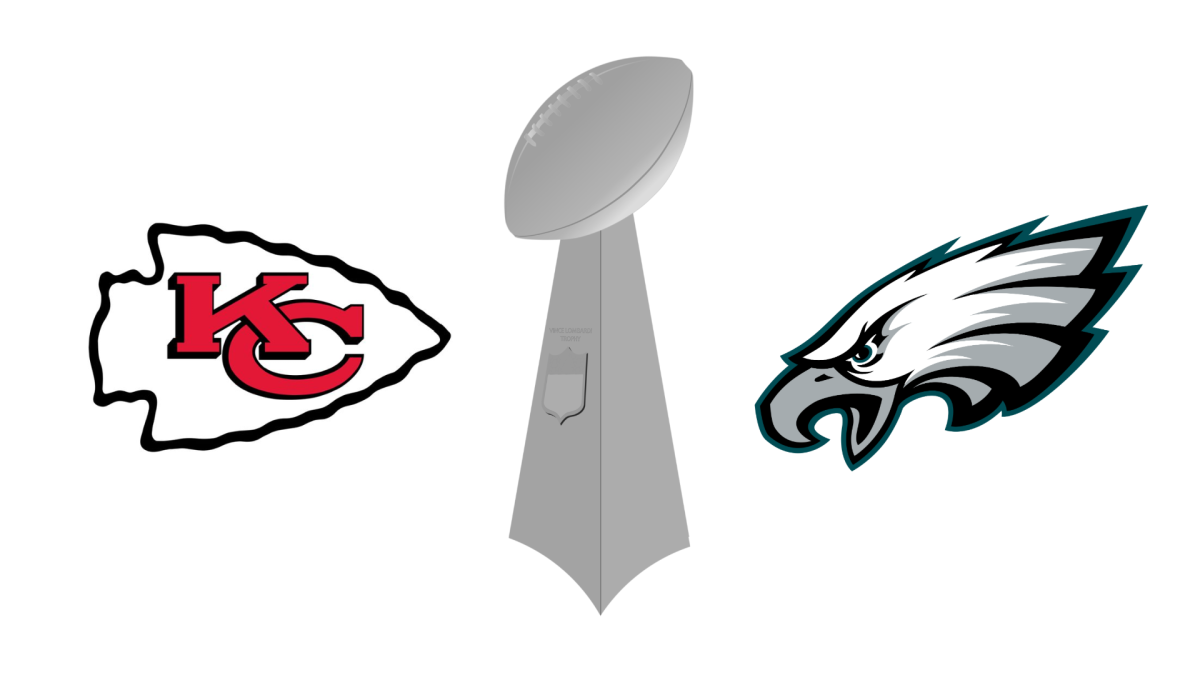





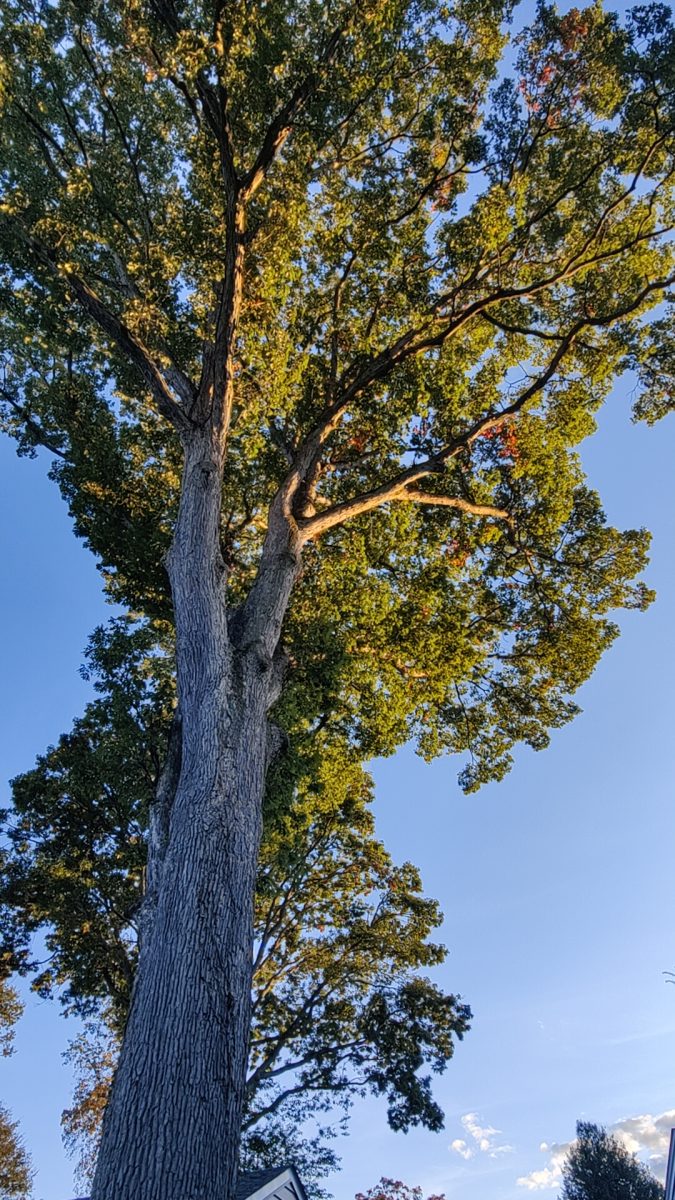



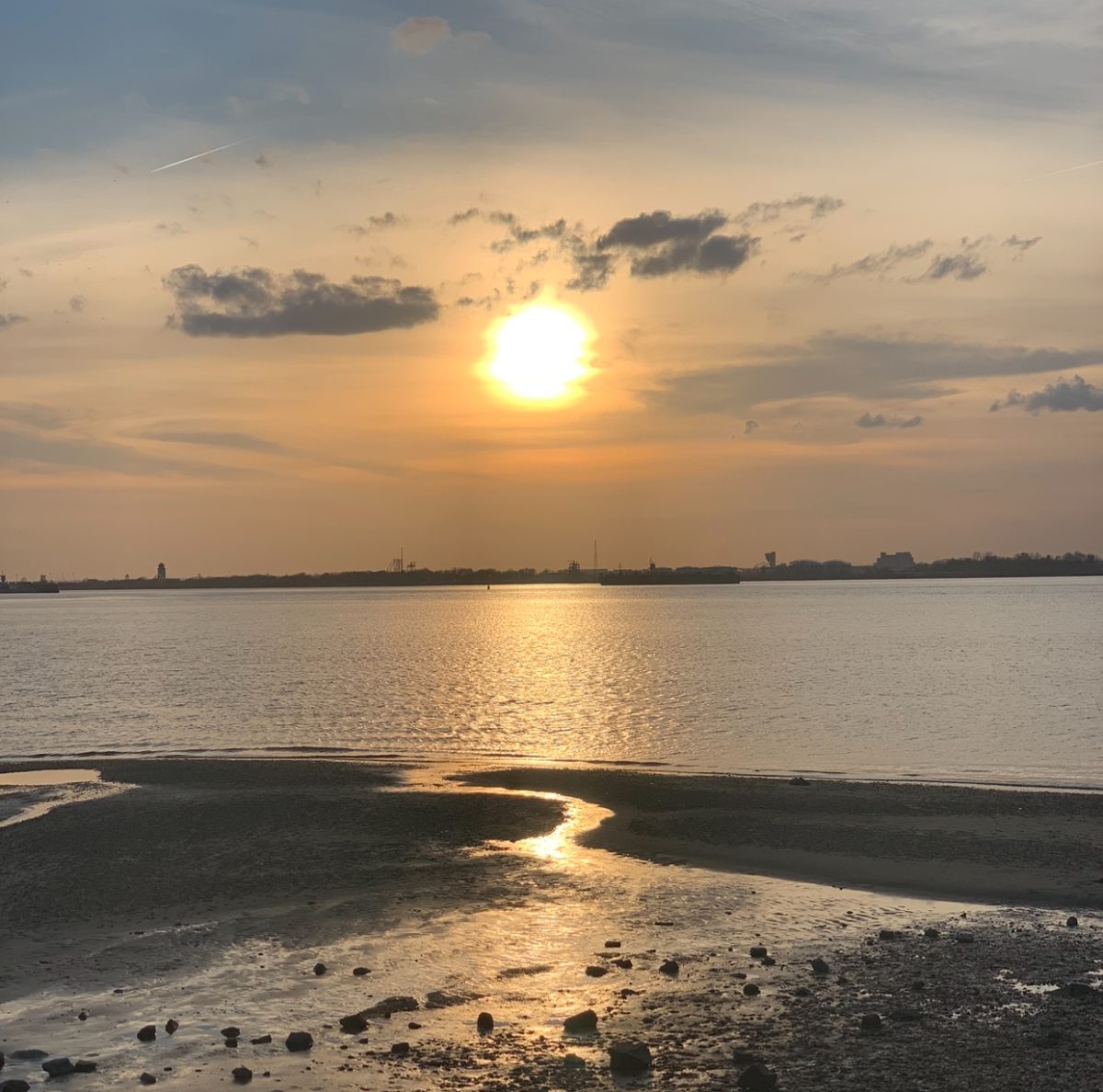











Melissa Powell • Mar 31, 2025 at 2:08 pm
So well written! I hope more people pay attention to what is happening around the world.
Josh Friedman • Feb 10, 2025 at 5:30 pm
Abria,
Thank you for this article. This is a part of the world that deserves more of our attention.